Portugal’s two principal cities, Lisbon and Porto, attract millions of tourists every year with their energy, architectural wealth, and active gastronomic scene. However, beyond them lies the authentic Portugal, in quiet villages where the pace of life seems to be more relaxed.
These hidden villages offer travelers the chance to experience authentic Portuguese life without either the crowds or the commercialism. Below is a list of 16 peaceful villages around Portugal that provide the ideal atmosphere for slow travel experiences, allowing you to appreciate the simple things in life while immersing yourself in local traditions.
Monsanto
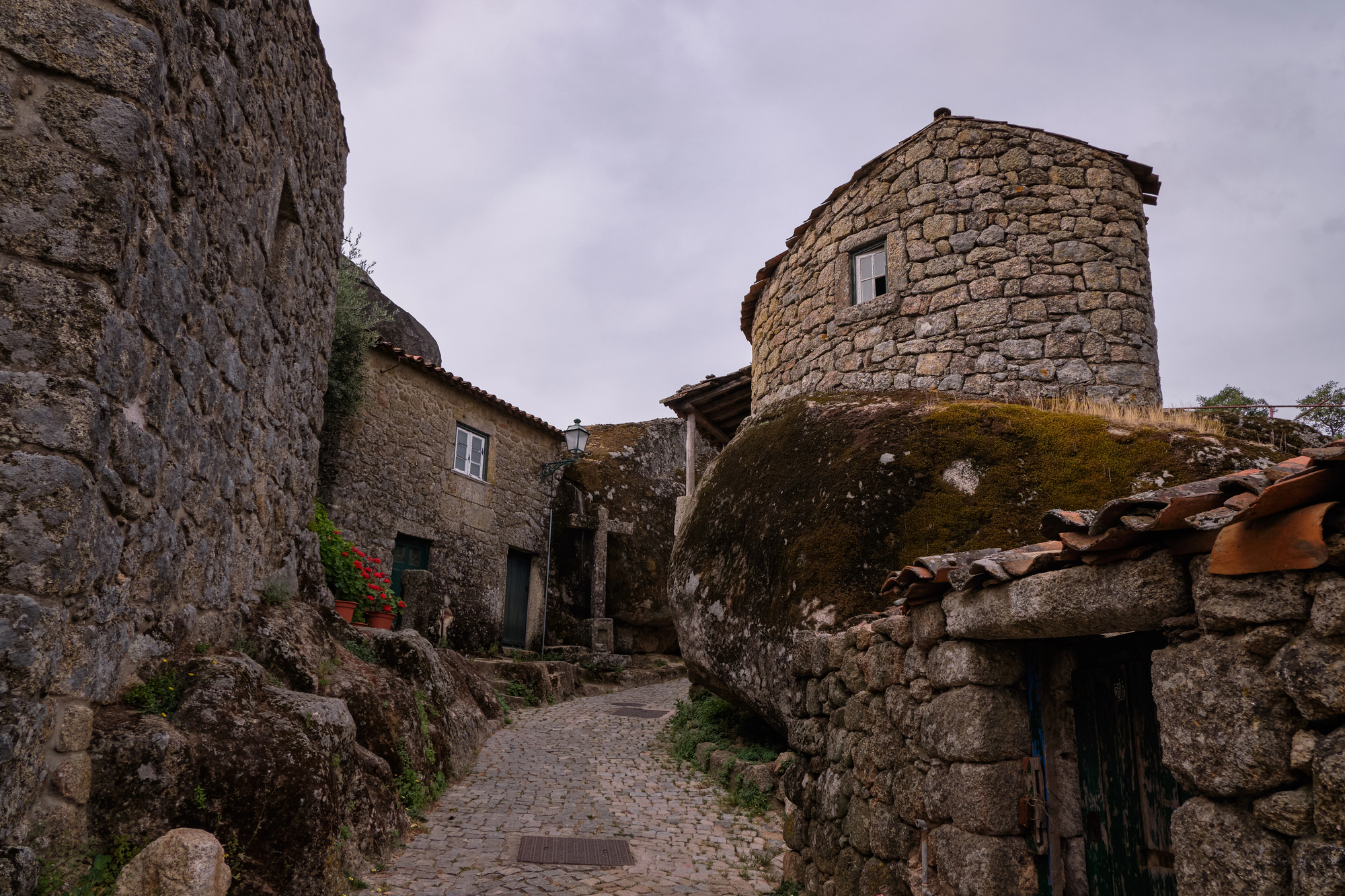
Dramatically perched atop massive boulder formations, this beautiful stone village seems to burst forth organically out of the rocky landscape upon which it rests. Homes ingeniously employ enormous granite boulders as walls and roofs and constitute the homes which have remained largely unchanged since medieval days.
Narrow sloping paths climb through blooming gardens to a 12th-century Templar castle providing dramatic panorama views over the rolling landscape to Spain.
Piódão
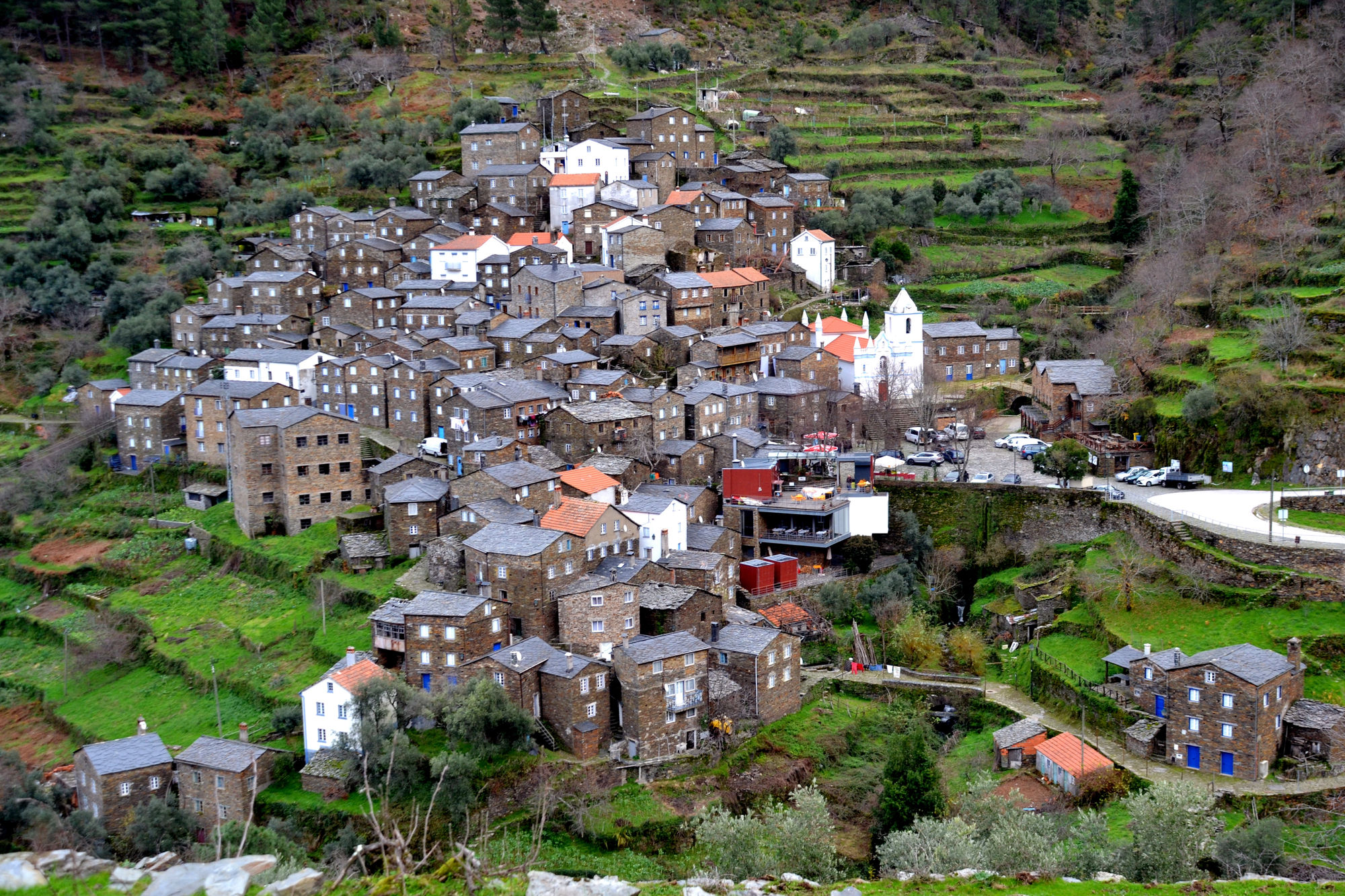
This remote schist village nestled in the Serra do Açor mountains resembles something from a fairytale, with its uniform slate buildings creating a harmonious blue-gray cascade down the hillside. The community’s distinctive houses feature bright blue trim contrasting beautifully against the stone – a practical way historical residents once used their limited paint supplies.
Evening brings magical tranquility as golden light bathes the ancient stones and distant cowbells echo through the valley.
Óbidos
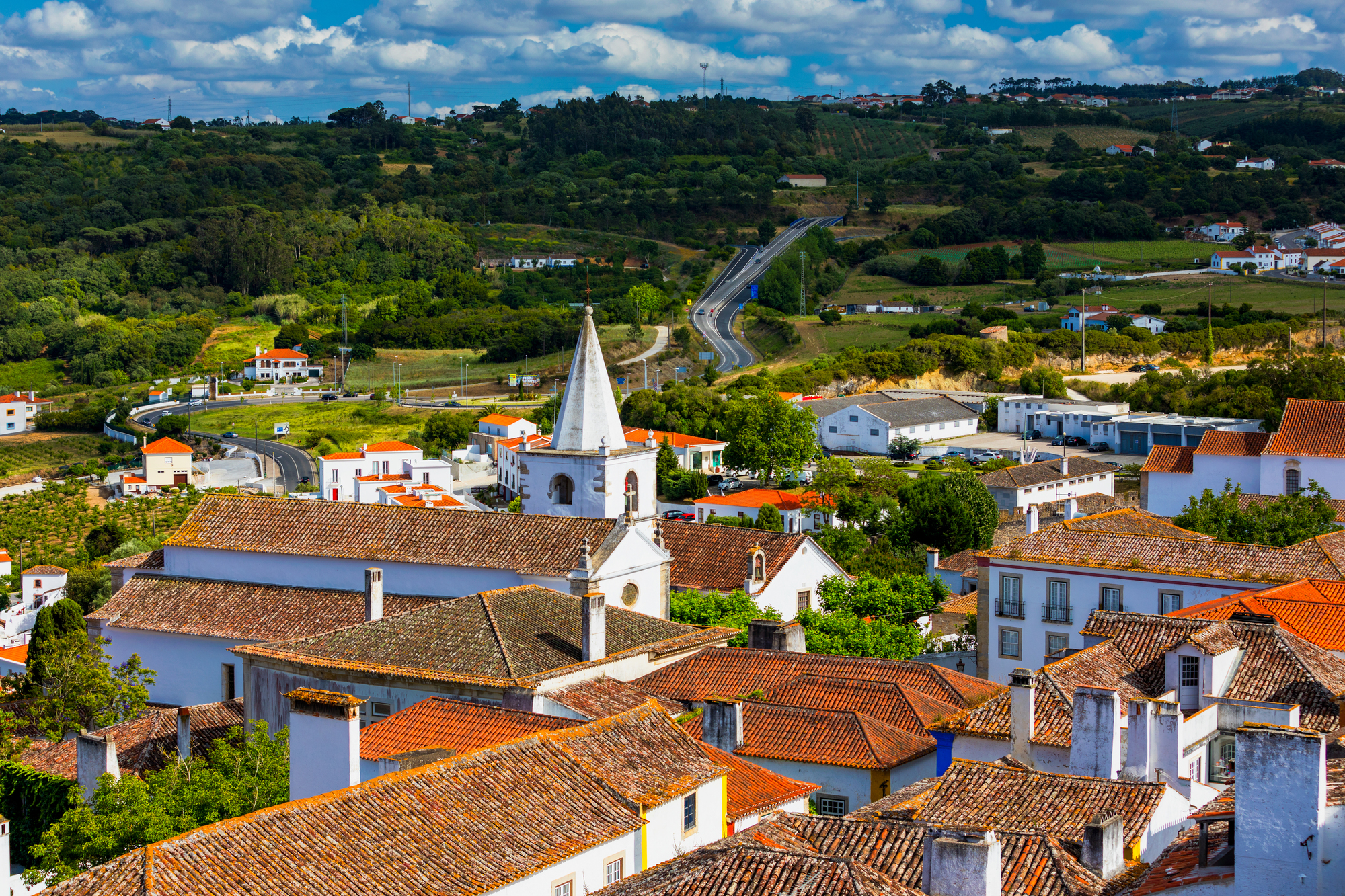
Encircled by perfectly preserved medieval walls, this whitewashed village transports visitors centuries back in time with its cobblestone streets and cascading bougainvillea. The entire settlement functions as a living museum where you can sleep in a converted castle, sample cherry liqueur served in chocolate cups, and browse independent bookshops housed in historic buildings.
Mornings offer precious solitude to explore before day-trippers arrive, while evenings return to peaceful authenticity as the setting sun paints the white walls in warm amber hues.
Like Travel Pug’s content? Follow us on MSN.
Sortelha
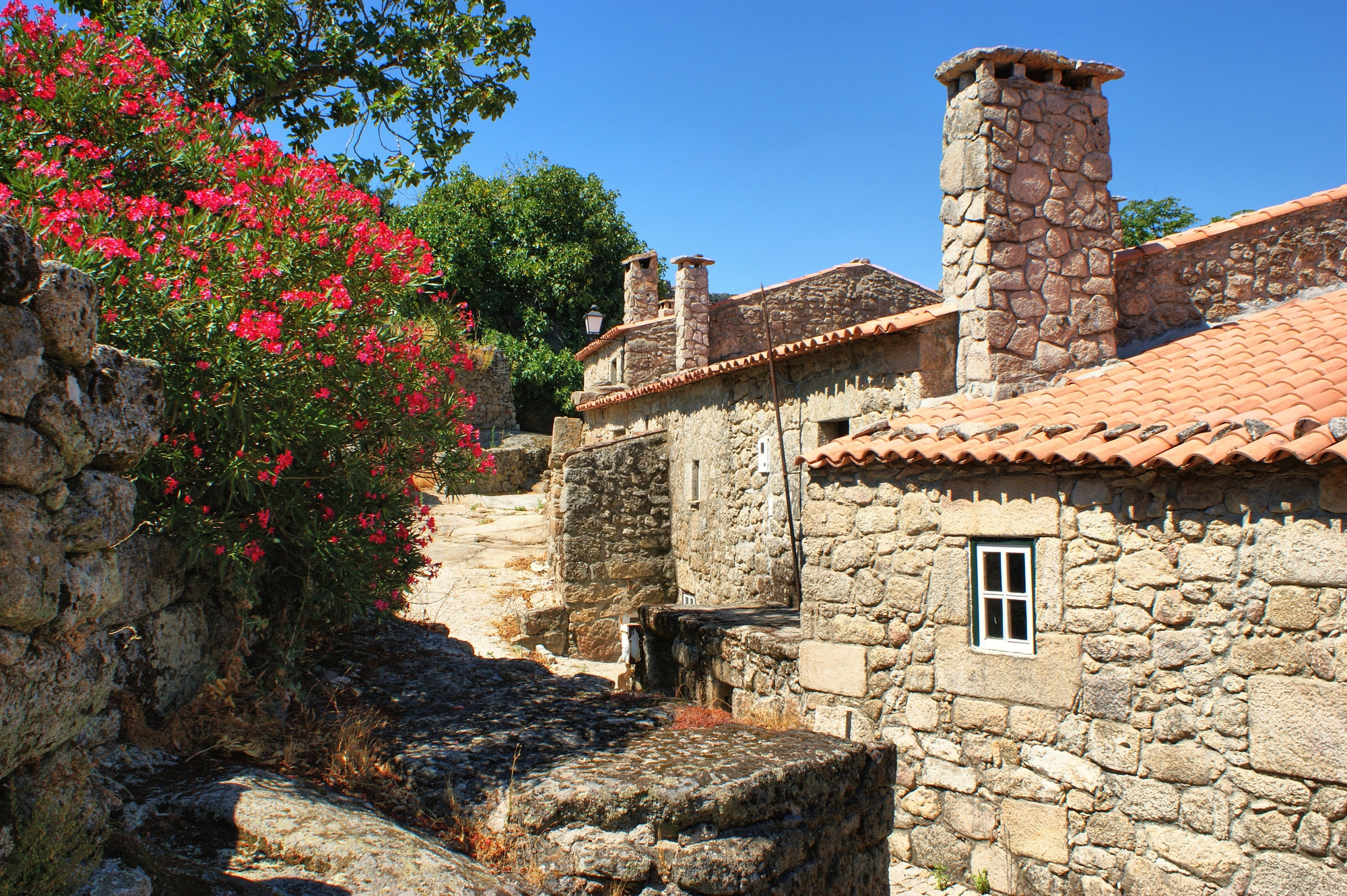
One of Portugal’s oldest and most atmospheric fortress towns, Sortelha, stands frozen in time within granite walls that have witnessed nearly a millennium of history. Giant boulders emerge between ancient houses as if the village grew naturally from the rocky hill it crowns.
The profound silence here, broken only by church bells or distant shepherds’ calls, creates perfect conditions for contemplative walks along ramparts offering spectacular views across the rugged countryside.
Marvão
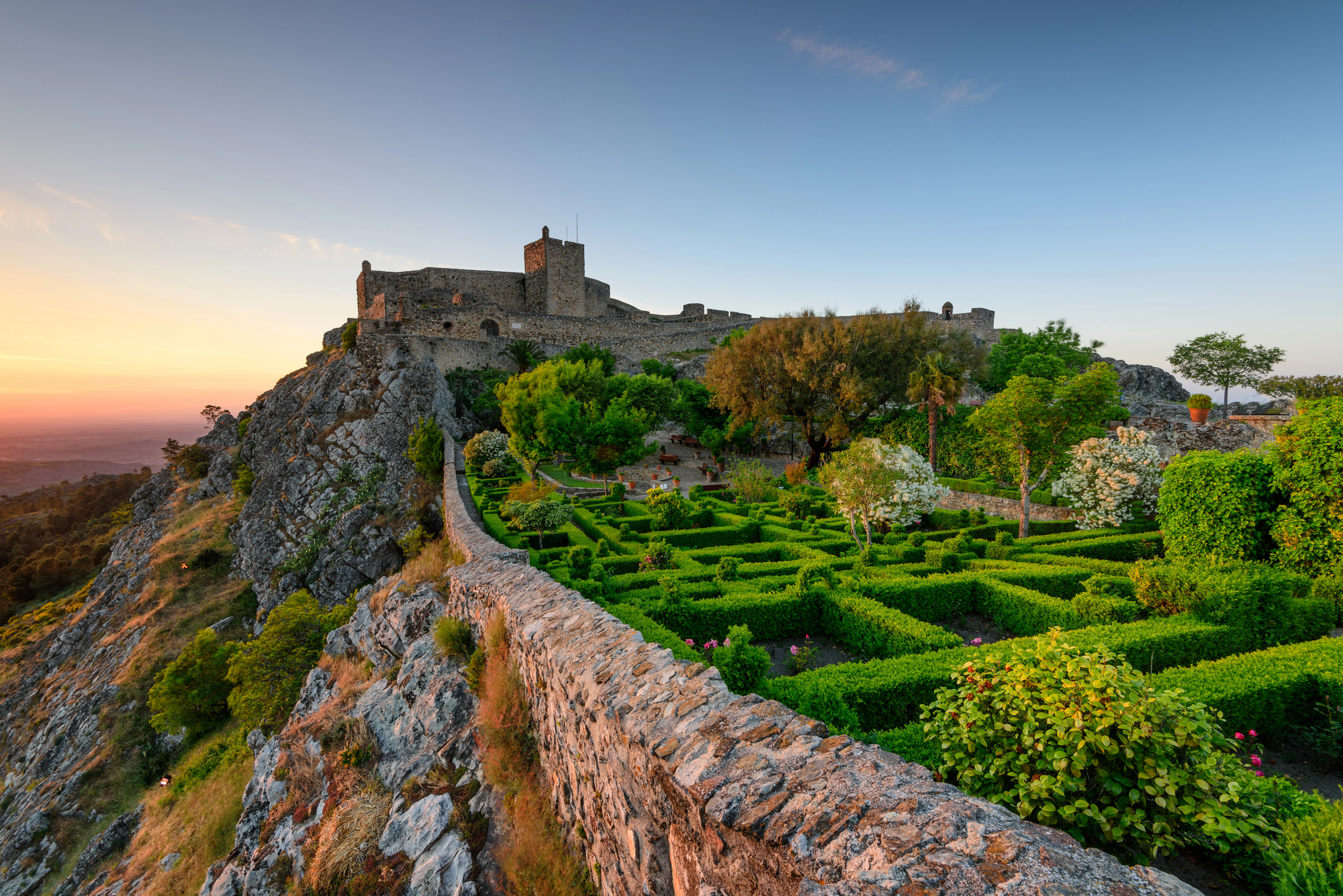
Dramatically situated atop a steep quartzite ridge – this fortified border village commands breathtaking views across olive groves to Spain. Morning mists often shroud the valley below, creating the magical illusion that Marvão floats above clouds like a stone island in the sky.
The village’s pristine whitewashed buildings and immaculately preserved castle make it an ideal setting for photographers seeking an authentic medieval atmosphere without modern intrusions.
Aldeia da Mata Pequena
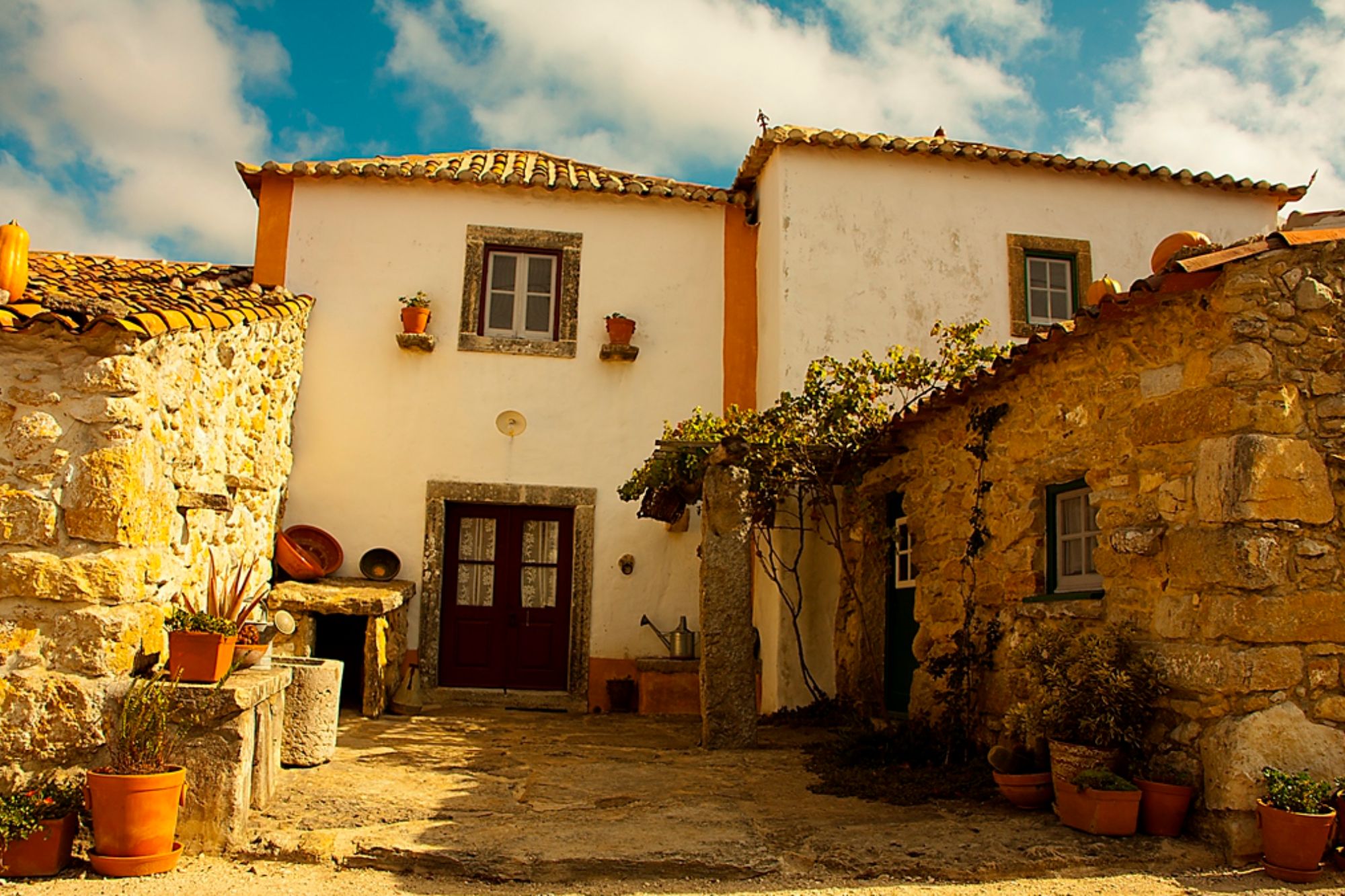
This meticulously reconstructed rural village just a short distance from Lisbon offers visitors a rare glimpse into Portugal’s agricultural past in sympathetically restored stone cottages that take overnight guests. Owners rescued ruins and reconstructed them using traditional materials and sensitively introduced modern amenities without compromising historical character.
The evening brings profound silence, punctuated only by the faint tinkling of sheepbells or gentle hooting of owls from surrounding cork oak forests.
Like Travel Pug’s content? Follow us on MSN.
Sistelo
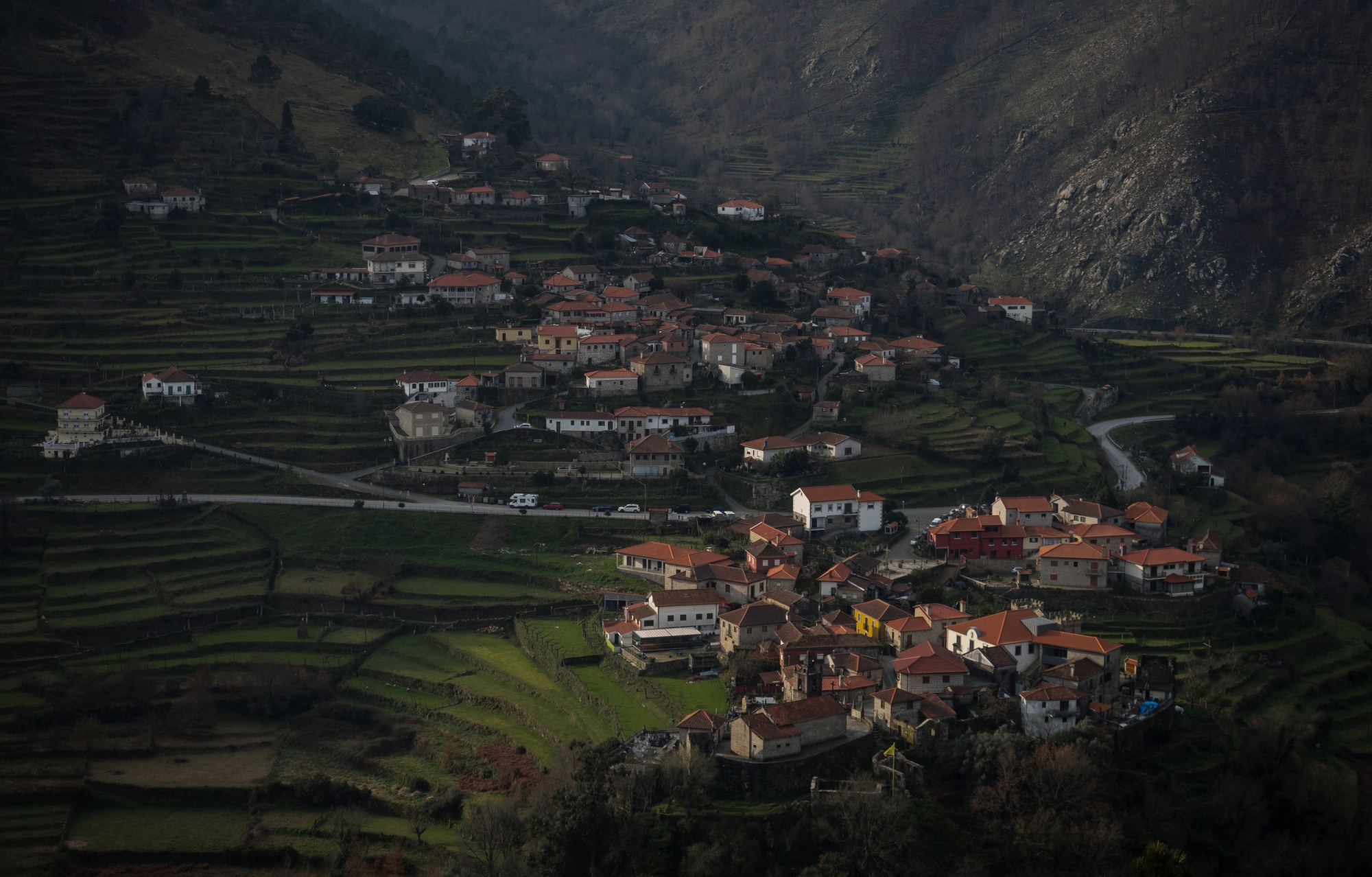
Often called ‘Little Tibet’ for its terraced mountainside agriculture – this remote northern village showcases centuries-old farming techniques that transformed steep slopes into productive land. Stone staircases connect different elevation levels while offering stunning views of the verdant stepped landscape that seems to cascade down the mountainside.
The traditional community upholds agricultural methods passed through generations, creating a living museum of Portuguese rural heritage.
Talasnal
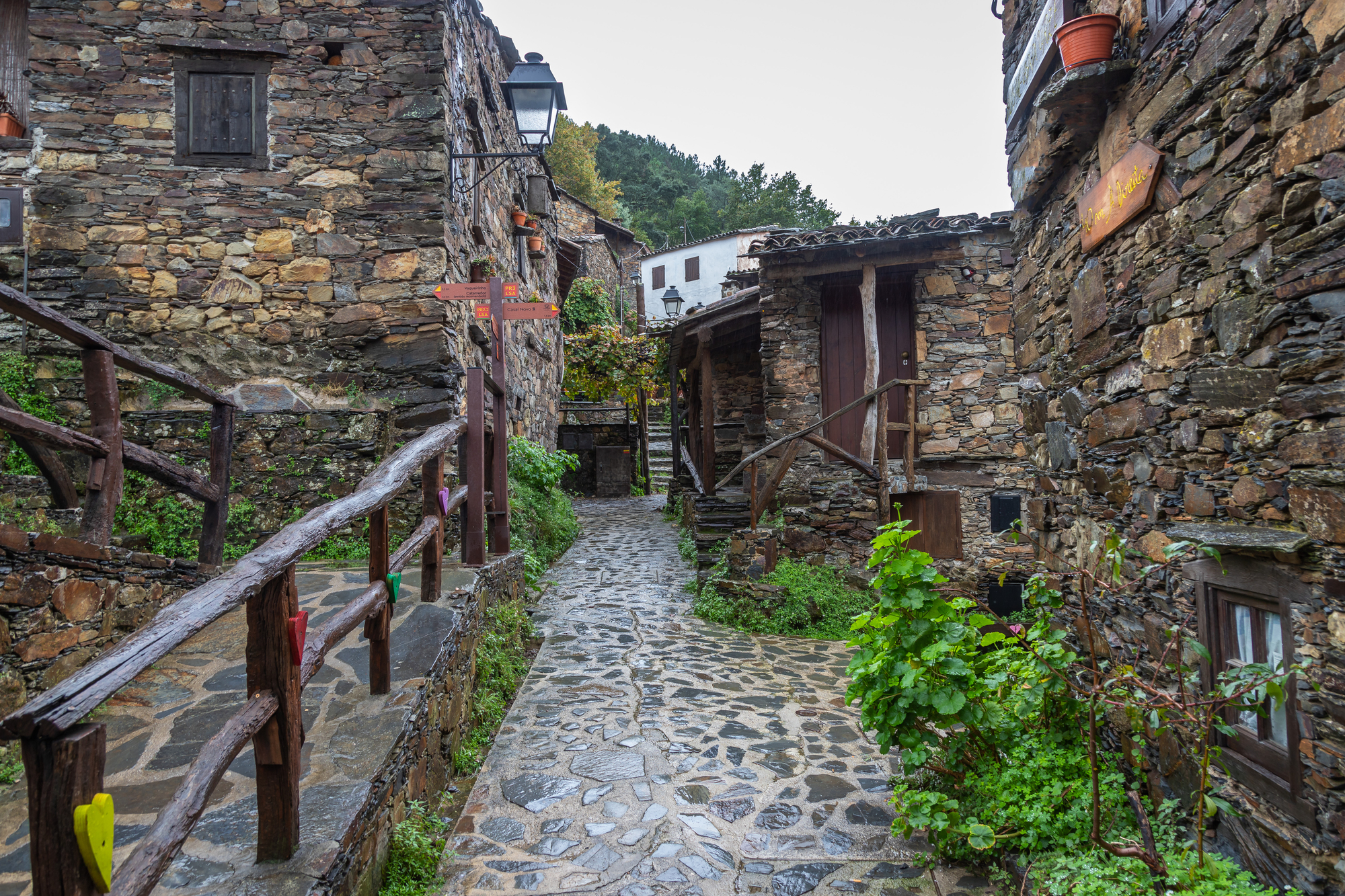
This revitalized schist village in central Portugal was nearly abandoned before thoughtful restoration brought new life while preserving its distinctive architectural character. Stone houses with chestnut timber balconies cling to the mountainside, connected by narrow paths that open to unexpected viewpoints over the densely forested Lousã mountains.
Several buildings now house appealing cafés and craft shops run by a new generation of residents dedicated to sustainable rural revival.
Castelo Rodrigo
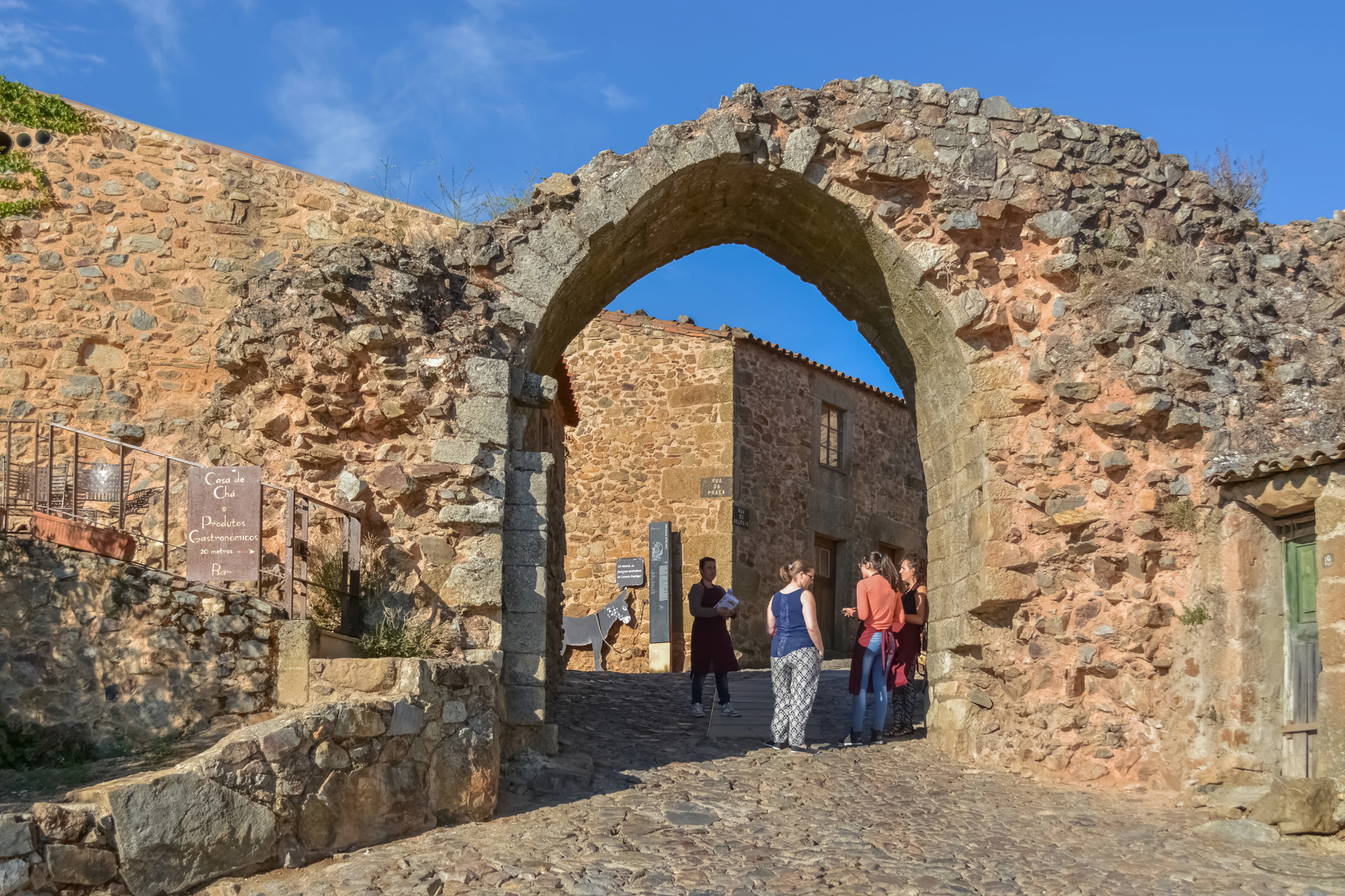
Standing guard near the Spanish border, this historic hilltop village offers commanding views across plains that once represented a contested frontier between kingdoms. Ancient stone houses align along medieval streets leading to a crumbling fortress that tells silent stories of battles long past.
The surrounding countryside produces exceptional olive oil and almonds that feature prominently in local cuisine served in the village’s unpretentious family-run restaurants.
Like Travel Pug’s content? Follow us on MSN.
Janeiro de Cima
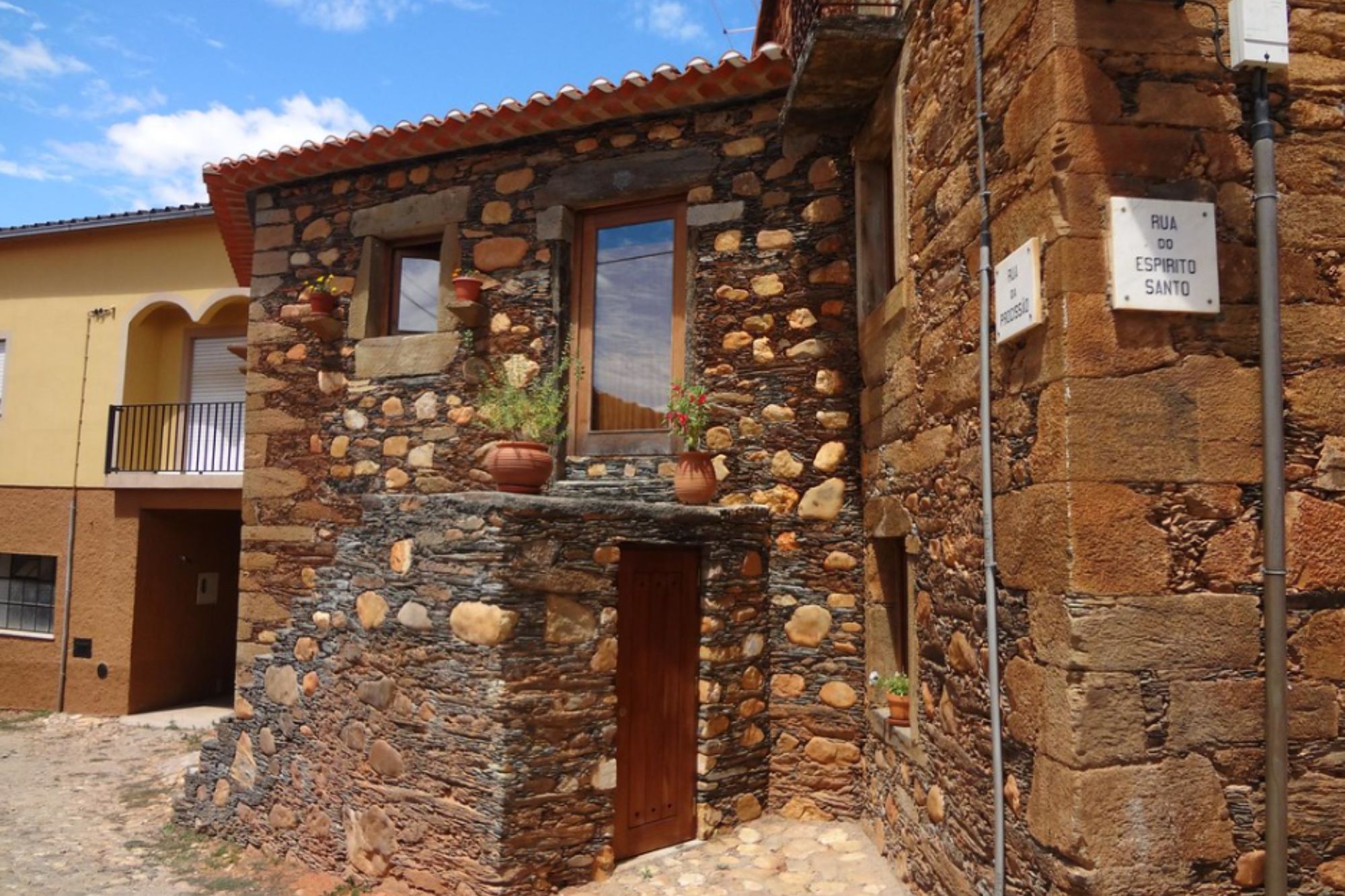
Situated along the crystal-clear Zêzere River, this charming schist village combines traditional architecture with refreshing swimming opportunities during the summer months. Houses feature distinctive wooden balconies where residents once dried fruits and vegetables harvested from nearby fields.
The community maintains strong weaving traditions, with several workshops demonstrating techniques for creating woolen blankets and linen textiles using patterns passed down through generations.
Idanha-a-Velha
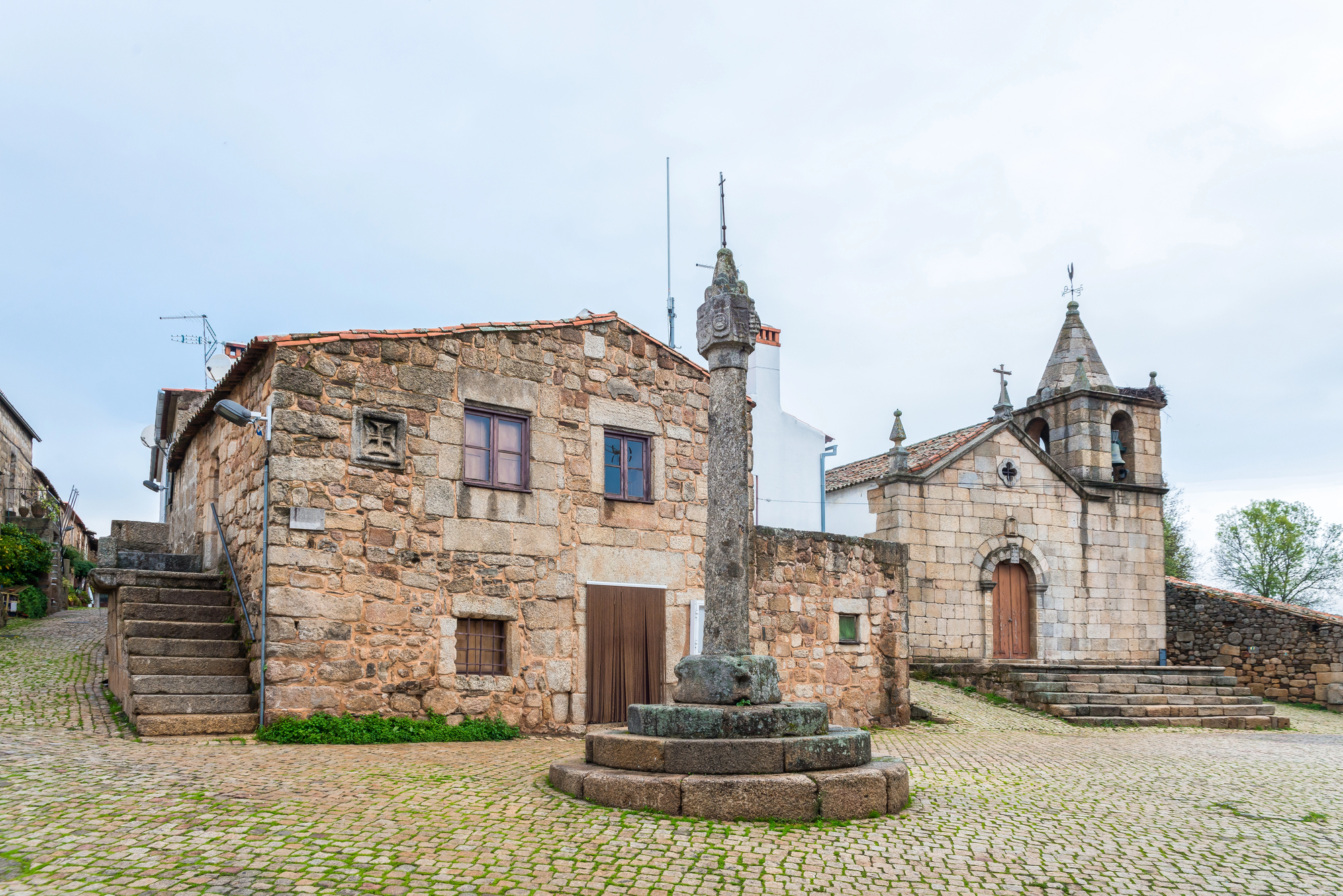
Walking through this ancient settlement reveals layers of history spanning Roman, Visigothic, and Templar occupation across nearly two millennia. The remarkably preserved baptistery and cathedral ruins provide tangible connections to Portugal’s earliest Christian communities and their enduring spiritual legacy.
Archaeological work continues, uncovering new insights about life in different historical periods, making this quiet village an open-air museum where visitors can witness active discovery processes.
Casas Novas

This remote hamlet in Trás-os-Montes offers authentic immersion in Portugal’s mountainous northeast region, where unique cultural traditions remain vibrantly alive. Stone houses with distinctive orange tile roofs cluster around an ancient community bread oven still used for communal baking during local festivities.
The surrounding oak forests provide a habitat for wild mushrooms that feature prominently in seasonal dishes served in the village’s single restaurant operating from a converted family farmhouse.
Like Travel Pug’s content? Follow us on MSN.
Alte
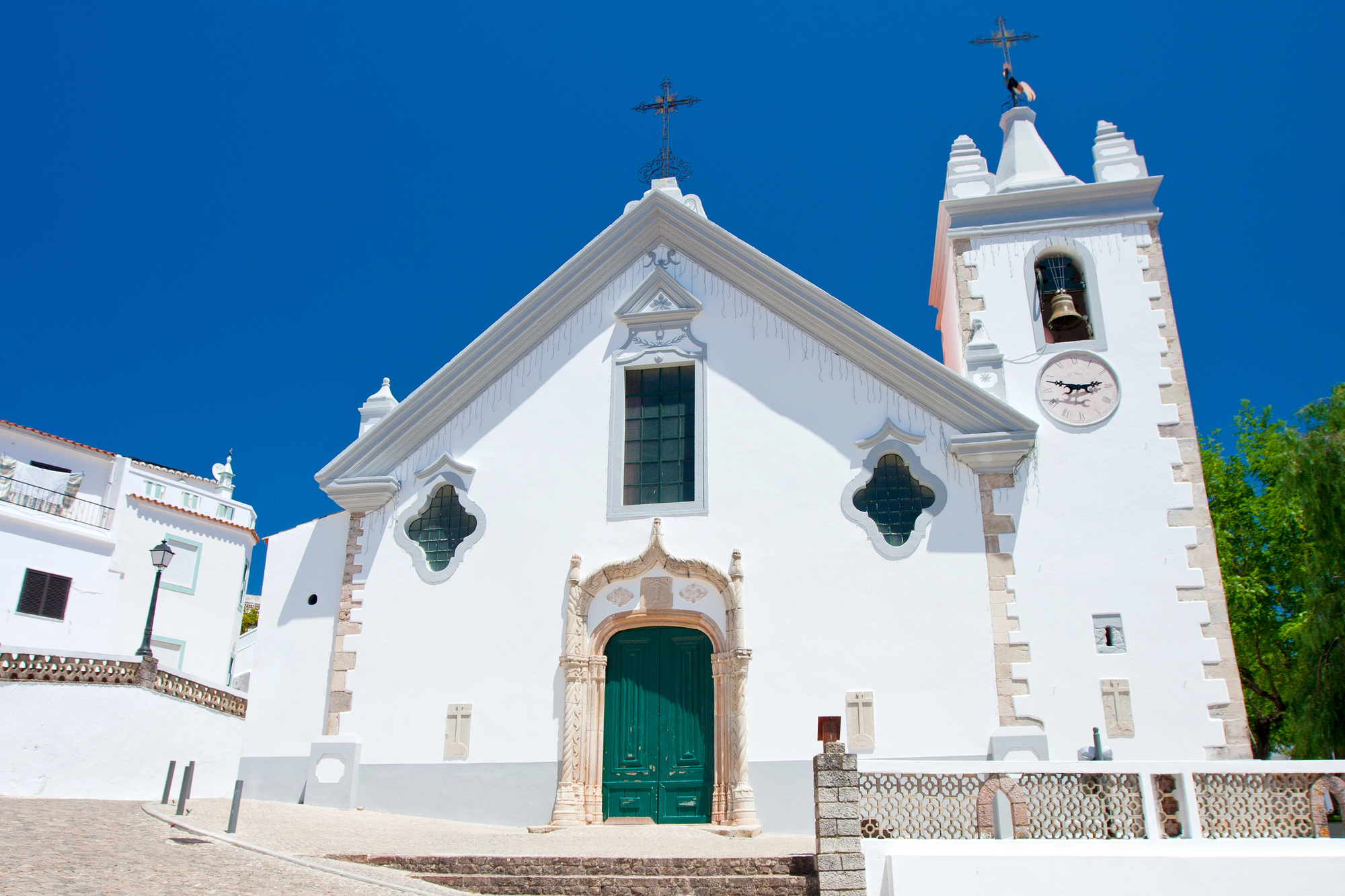
Hidden among the rolling hills of the Algarve interior, this whitewashed village presents a tranquil alternative to the region’s busy coastal resorts. A natural spring creates a refreshing stream flowing through the village center, where elderly residents still gather on stone benches beneath shade trees to observe daily life.
Traditional crafts, including basket weaving and copper work, continue in small workshops where artisans welcome visitors interested in learning about vanishing rural skills.
Alvoco da Serra
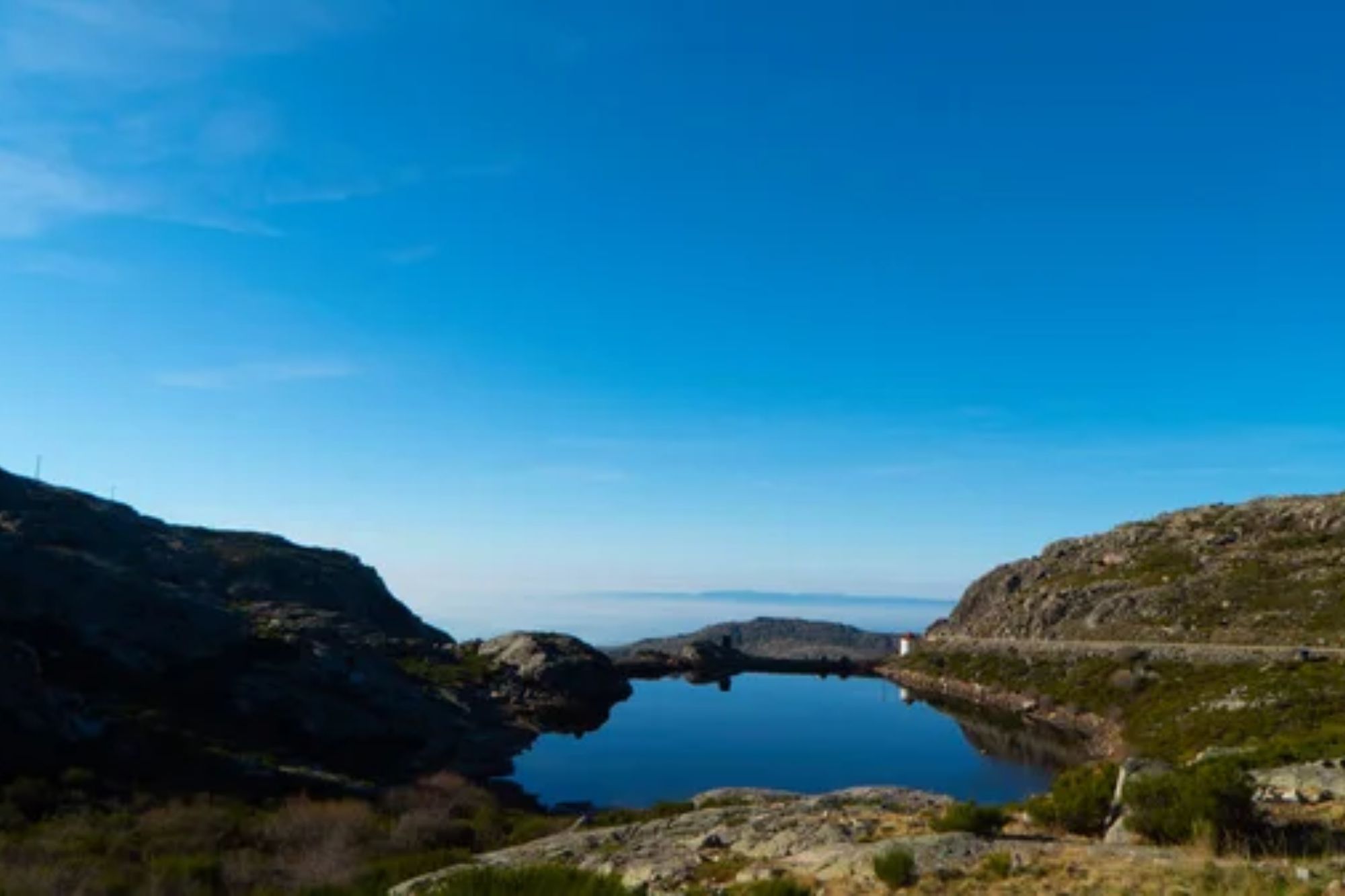
Nestled high in Portugal’s highest mountain range – the Serra da Estrela – this granite village experiences distinct seasonal rhythms dictated by nature rather than tourism calendars. Winter brings occasional snow, transforming the landscape into a peaceful wonderland, while summer offers wildflower meadows and crystal-clear mountain streams perfect for refreshing dips.
The community maintains strong connections to shepherding traditions, producing exceptional sheep cheese using methods unchanged for centuries.
Quintandona
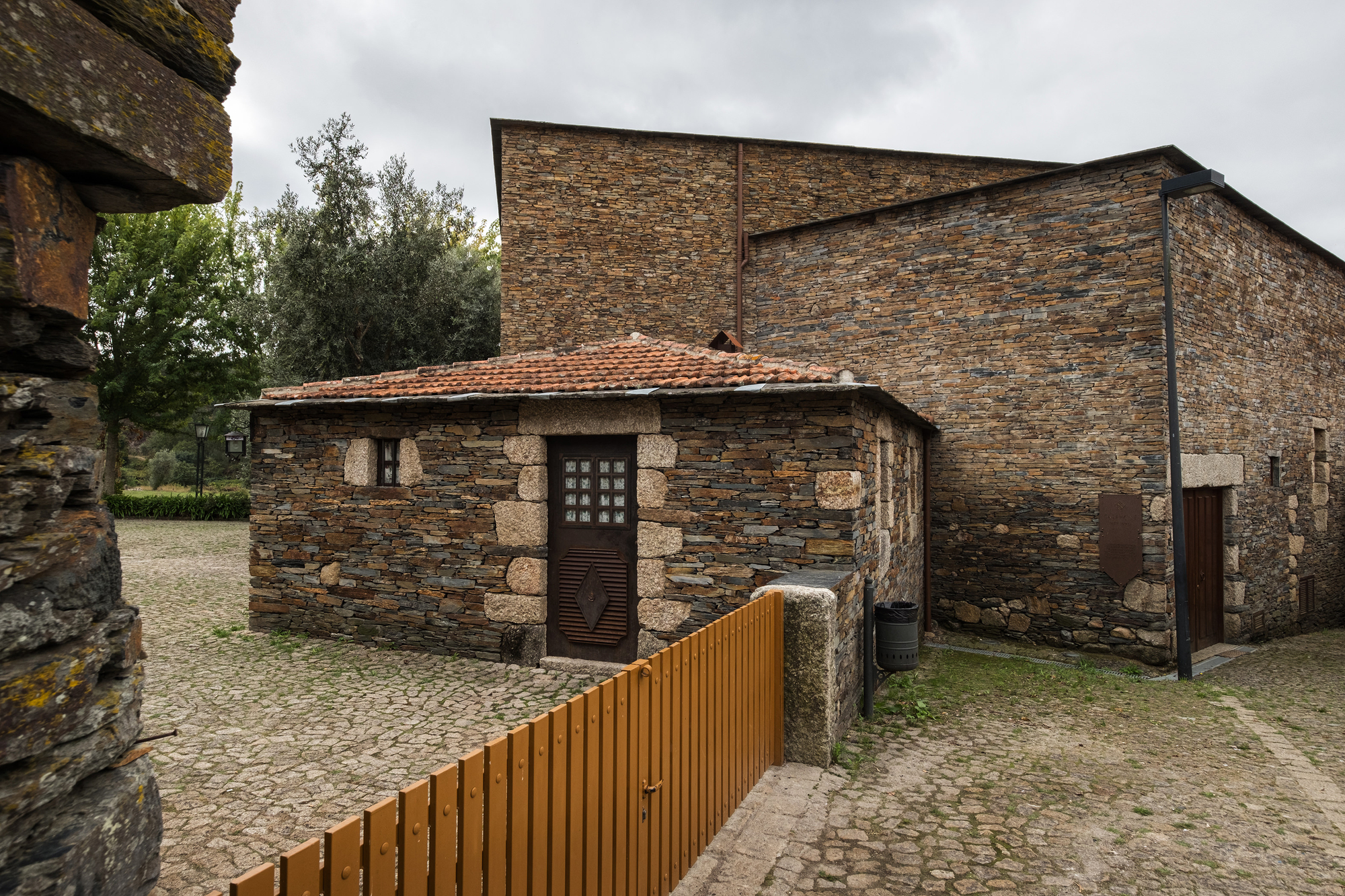
This distinctive village, constructed from dark schist and contrasting white mortar, creates a striking visual pattern different from typical Portuguese settlements. Careful preservation efforts have maintained the architectural integrity while breathing new life into the community through cultural events and artisanal food production.
An annual literary festival transforms the village into an open-air performance space, attracting poets and writers who find inspiration in its timeless atmosphere.
Like Travel Pug’s content? Follow us on MSN.
Favaios

Amidst the Douro Valley, this wine-producing village offers immersion into Portugal’s viticulture past beyond the more commercial port wine estates. There are traditional bakeries producing the region’s signature four-cornered bread in wood-fired ovens that have been continuously operating for generations.
The surrounding terraced vineyards produce grapes for muscatel, a sweet wine specialty made by local families who welcome visitors into their small-scale production facilities with genuine hospitality.
The Essence of Portuguese Rural Life
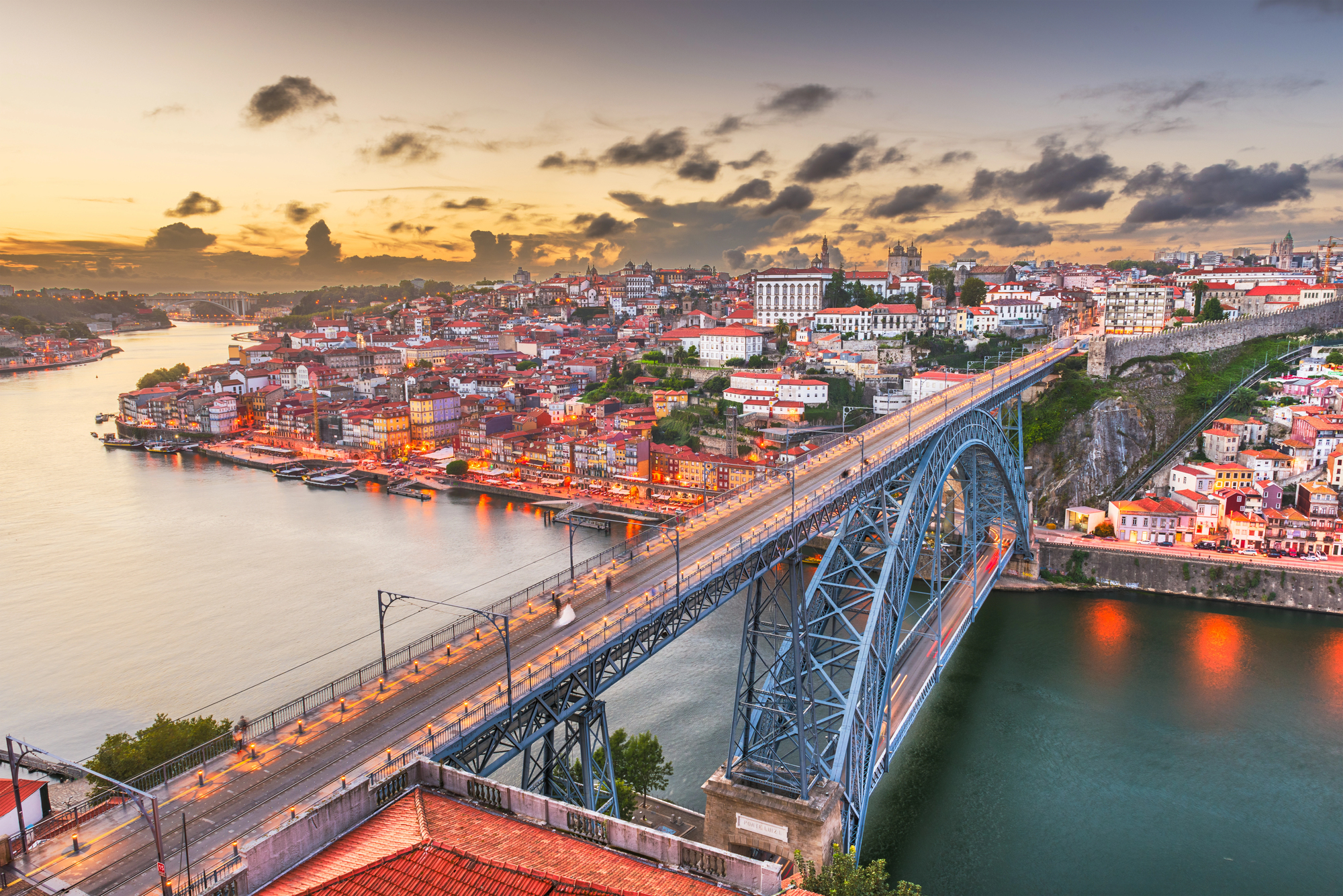
These villages collectively preserve elements of Portuguese identity increasingly hard to discover in an urbanizing world. Their slower rhythm gives visitors the opportunity to reconnect with simple joys – conversation with locals, meals prepared from produce grown a few feet away, and evenings spent watching star-filled skies unspoiled by light pollution.
Slow tourism in these villages offers more than mere relaxation – it enables a genuine connection with cultural heritage and landscapes that have shaped Portugal’s character for centuries.
More from Travel Pug

- Cities Growing so Fast You Won’t Recognize Them in 10 Years
- 13 Destinations Where Tourists Regularly Regret Their Trip
- 16 U.S. Cities That Are Quietly Becoming Travel Hotspots
- Where to Travel If You Love Long Bus Rides and Daydreams
- 20 Cities Perfect for Solo Travelers Who Crave Adventure & Culture
Like Travel Pug’s content? Follow us on MSN.
